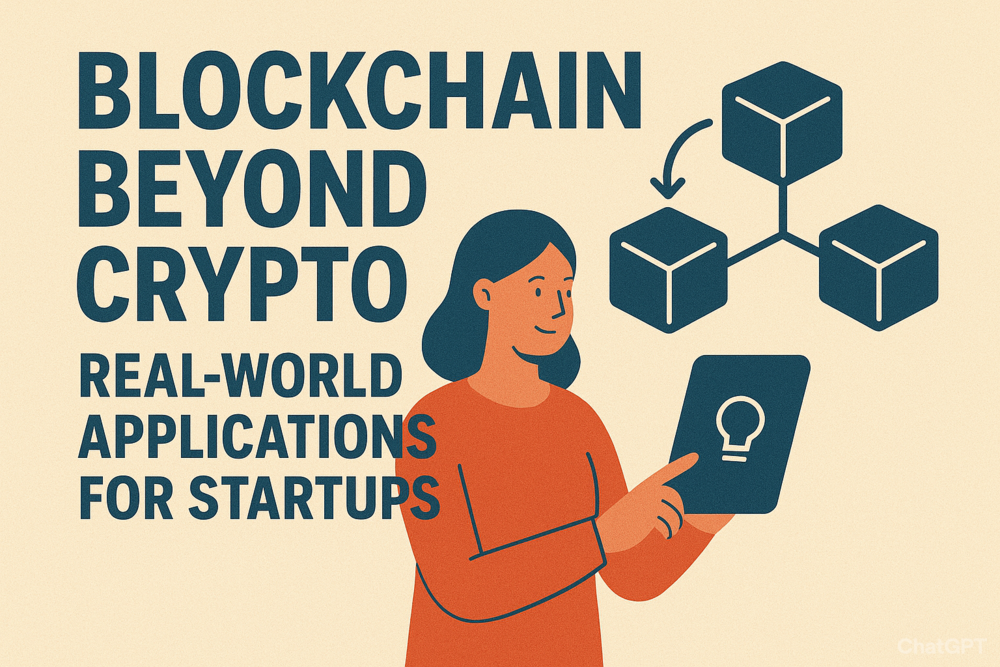Technology including backend and frontend are the two pillars of advanced application development. These technologies lay the groundwork for a robust and scalable app, while reducing the possibilities of technical debt and performance bottlenecks. Also, building a scalable application requires a strategic approach in technology selection. The selection of frontend and backend technologies impacts the mobile application testing market by determining the type of tests required and tools used. Moreover, according to Consegic Business Intelligence, Mobile Application Testing Solution Market size is estimated to reach over USD 30,837.35 Million by 2032 from a value of USD 7,048.60 Million in 2024 and is projected to grow by USD 8,351.05 Million in 2025, growing at a CAGR of 20.30% from 2025 to 2032.Here in this article we will explore key considerations and prevalent technology stacks for both the backend and frontend which will provide a roadmap for developers.
The Backend: The Engine Room
Backend is responsible for authentication of user, database interactions, and business logic and is associated with the server-side of an application. In a scalable app, the backend ensured efficiency, resilience, and handling of high traffic.
Programming Languages
- Node.js (JavaScript)
JavaScript language is very efficient particularly for real-time applications and application programming interface. The language has a single-threaded nature which ensures handling of a large number of synchronized connections.
- Python
Python language is known for its easiness, comprehensibility, and extensive libraries. This leads to its increased use in automation, machine learning as well as data sciences.
- Java
Java is famous mainly for enterprise-level applications. The language provides platform independence and offers stability as well as strong community support.
Frameworks
Frameworks reorganize the development by offering a structure and pre-built components.
- Express.js (Node.js): Flexible and minimalist framework adopted for building application programming interfaces and web applications.
- Django (Python): Framework which follows Model-View-Controller architectural pattern that offers a full suite of features.
- Flask (Python): This is a micro-framework which provides developers with more agility and control when compared to Django.
Databases
- SQL Databases (PostgreSQL, MySQL): This database is perfect for applications that require intricate queries and robust data consistency
- NoSQL Databases (MongoDB, Cassandra): Ideal for applications with unstructured data or requiring high agility and extensibility.
The Frontend: The User’s Window
The frontend refers to client-side of the application which mainly includes the user interface (UI) and user experience (UX). It is very important for frontend to be fast, responsive, as well as offer a seamless interaction.
Frontend Frameworks and Libraries
These tools offer the required structure for building dynamic user interfaces.
- Angular: It is a complete framework that is developed by Google. Angular offer solutions for building large-scale applications in structured ways. It is also usually preferred for enterprise-level projects cause of its opinionated structure as well as rich feature set.
- React: It is a library for building user interfaces that is developed by Facebook. React’s component-based architecture along with virtual DOM makes it highly effective for building complex, single-page applications. Its major benefits include its huge ecosystem as well as community support.
- Vue.js: It is a progressive framework which is easy to learn as well as integrate. Vue is also highly flexible and can be used for several applications, ranging from simple pages to complex single-page applications. Its simplicity and performance are key factors that are further increasing its rapid adoption.
- Svelte: A new framework which shifts work from the browser to the compile step. Also, it has the ability to compile your code into small as well as highly efficient JavaScript bundles, which in turn contributes to faster applications with no virtual DOM.
Key Considerations
- Single-Page Applications (SPAs) vs. Server-Side Rendering (SSR): Single-page applications (SPAs) are known to offer smooth user experience because it has the ability to automatically rewrite the page instead of just loading new pages from server, but, it can also impact SEO as well as initial load times. In contrast, SSR have the ability to render pages on server, which is faster and much better for SEO, but it may also increase server load.
- State Management: It is very important to manage the state of UI for complex applications. Libraries like Redux (for React) and Vuex (for Vue) can assist in managing application state in a predictable way.
- Tooling: Webpack and Vite are important tools that are used for bundling as well as optimizing frontend code. A well-configured build process helps in making sure that final application is smaller as well as faster.
Conclusion
The selection of right technology stack is a tactical decision that will impact the application’s, performance, maintainability, and scalability. Languages including Node.js, as well as Python should be considered For the backend to provide efficiency and scalability. The aforementioned languages should be integrated with modern frameworks such as Express and Django. Moreover, innovative structures such as Vue.js React or Angular in frontend offer methods for building an intuitive user interface. Overall, for businesses selection of a stack that aligns with explicit requirements of the project and long-term vision is crucial. Thus, with well-versed choices a business can build a strong foundation for application’s growth.
